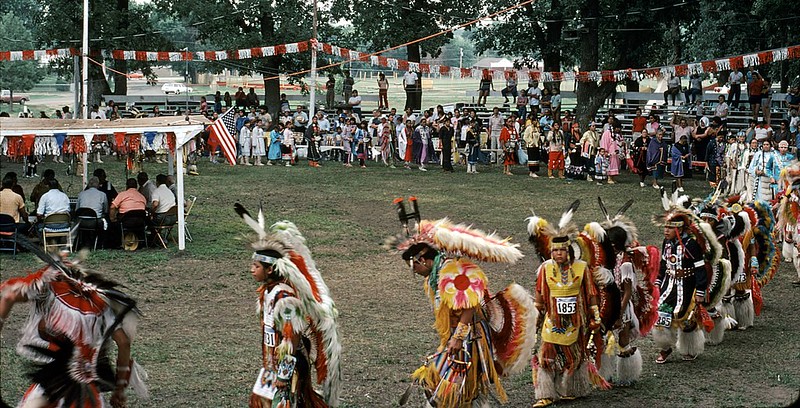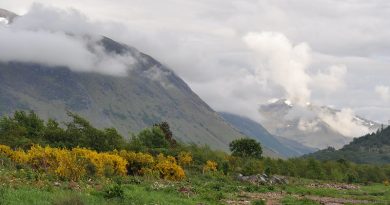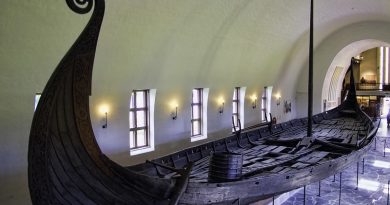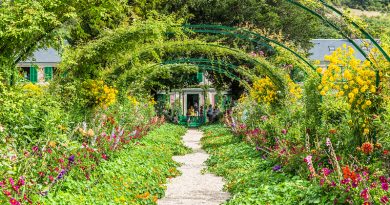New Mexico’s Native American Heritage
Home to one of the most incredibly scenic and diverse landscapes in North America, New Mexico has. strong influences of both Native American and Hispanic culture. Here are five of the best.
-
Bandelier National Monument
This is a 33,677-acre preserve encompassing some of the most dramatic volcanic landscapes and archaeological ruins in the state. Former home of ancestral Pueblo people, the area was likely occupied from AD 1150 to 1600.
Among the remains of the indigenous habitats are structures such as masonry walls and dwellings that were carved from the volcanic rock, as well as petroglyphs that illustrate the Pueblo culture and daily life. This national park has an educational museum, hiking trails, and campsites.
To visit the most popular area of Bandelier National Monument between the hours of 9am and 3pm, you will need to take the free shuttle. The bus runs every 30 minutes during the week and every 20 minutes on the weekend. If you have a pet with you, an exception is made and you can drive to the site at any time.
-
The Petroglyph National Monument
The area encompasses 7,244 acres consisting of a basalt escarpment, five dormant volcanoes, and an expansive mesa.
The park’s most famous feature is its petroglyphs, images which were carved in the basalt by indigenous peoples and early Spanish settlers centuries ago. Approximately 20,000 petroglyphs are found within the park, many of which can be viewed from the hiking trails.
You’ll find three main hiking routes, the least strenuous being Boca Negra Canyon, which has 100 petroglyphs along one mile of trails. Those who are up for a longer hike in the desert can take the 2.2-mile Rinconada Canyon trail or the 1.5-mile Marcadas Canyon Loop, each of which have around 300 petroglyphs.
Hikers should be aware of local wildlife, especially rattlesnakes, and should be well prepared with water for the longer treks.
Location: Western Trail NW, Albuquerque, New Mexico
Official site: www.nps.gov/petr
-
Taos Pueblo
Just outside the city of Taos, the Taos Pueblo has the oldest continuously inhabited dwellings in the United States. These adobe structures have stood for more than 1,000 years, constructed of straw-reinforced mud bricks and timber-supported roofs.
These apartment-style homes are up to five stories high, and around 150 people live within the old town full-time. An additional 2,000 reside on the 95,000-acre property in a variety of traditional and modern homes.
Residents welcome visitors to take a tour of the community, which has been designated both a National Historic Landmark and a UNESCO World Heritage Site. The Pueblo is closed to the public during several of its annual traditional events.
Address: 120 Veterans Highway, Taos, New Mexico
Official site: http://taospueblo.com/
-
Gila Cliff Dwellings
North of the old mining town of Silver City are the Gila cliff dwellings: 42 rooms in six caves, built into the cliff face by the Mogollon Native Americans around the year 1300. Tourists can learn more about the Mogollon culture and the region’s natural history at the museum in the visitor center.
Among the park’s geological features are numerous natural caves, as well as hot springs, some of which can be reached by trail from the visitor center. Tours of the cliff dwellings are available, although visitors should take note that the tours start at the cliff dwellings themselves, and it takes about a half hour to walk up to them from the trailhead.
Address: 26 Jim Bradford Trail, Mimbres, New Mexico
Official site: www.nps.gov/gicl
-
Pecos National Historical Park encompasses what was once one of the largest Native American pueblos in the state.
It was inhabited from the early 14th century until 1838, with a population over 2,000. In 1990, the park was expanded to 6,600 acres. The visitor center contains exhibits and park information and also offers an Ancestral Sites Walking tour, a guided 1.25-mile hike that explores evidence of the area’s indigenous peoples.
The park is also home to the Civil War battlefield of Glorieta Pass, which can be toured via a 2.25-mile trail with or without a guide. The visitor center also offers van tours of the Civil War site, as well as tours of nearby Forked Lightning Ranch.
Address: 1 Peach Drive, Pecos, New Mexico
Official site: www.nps.gov/peco
Destination: New Mexico




